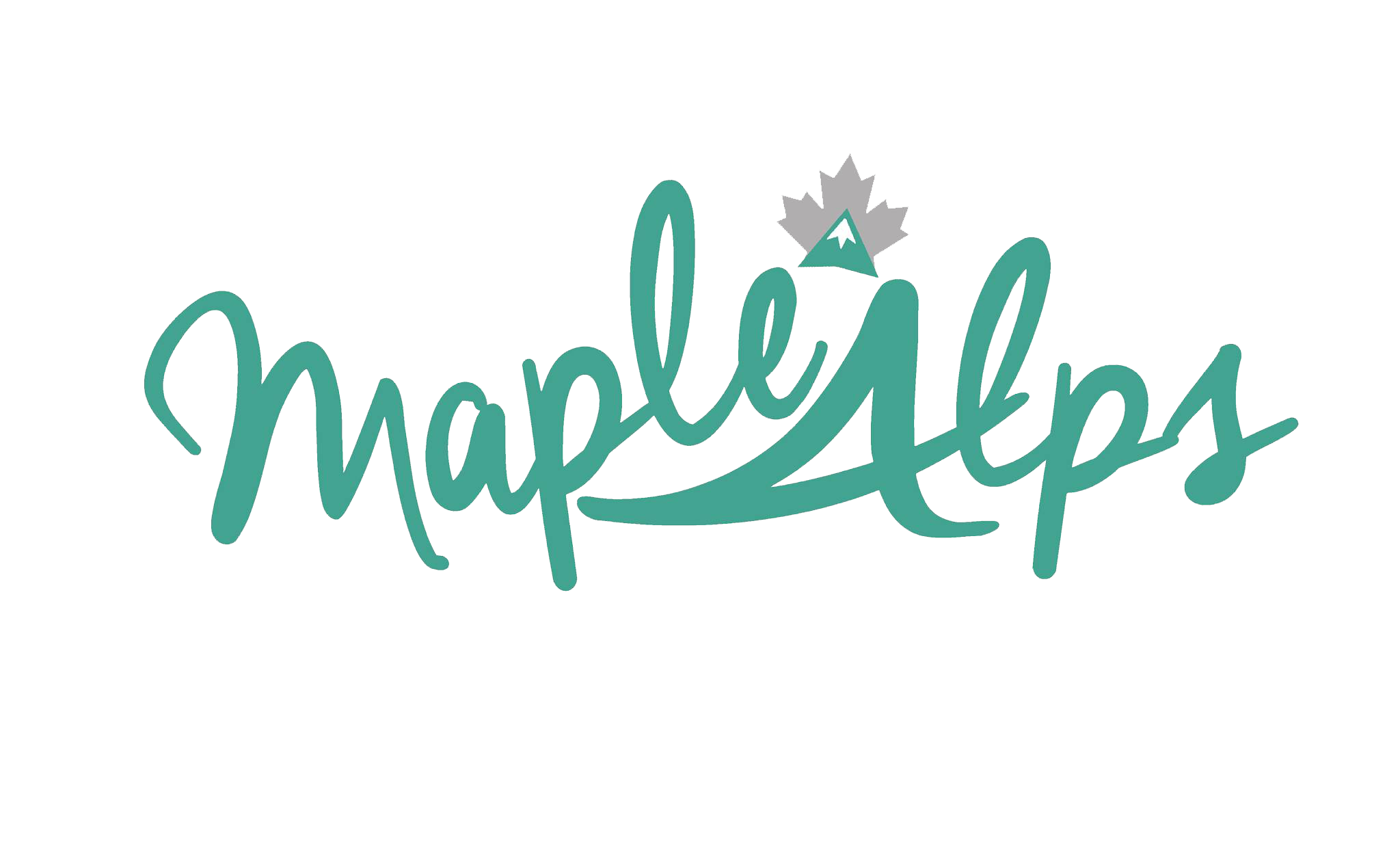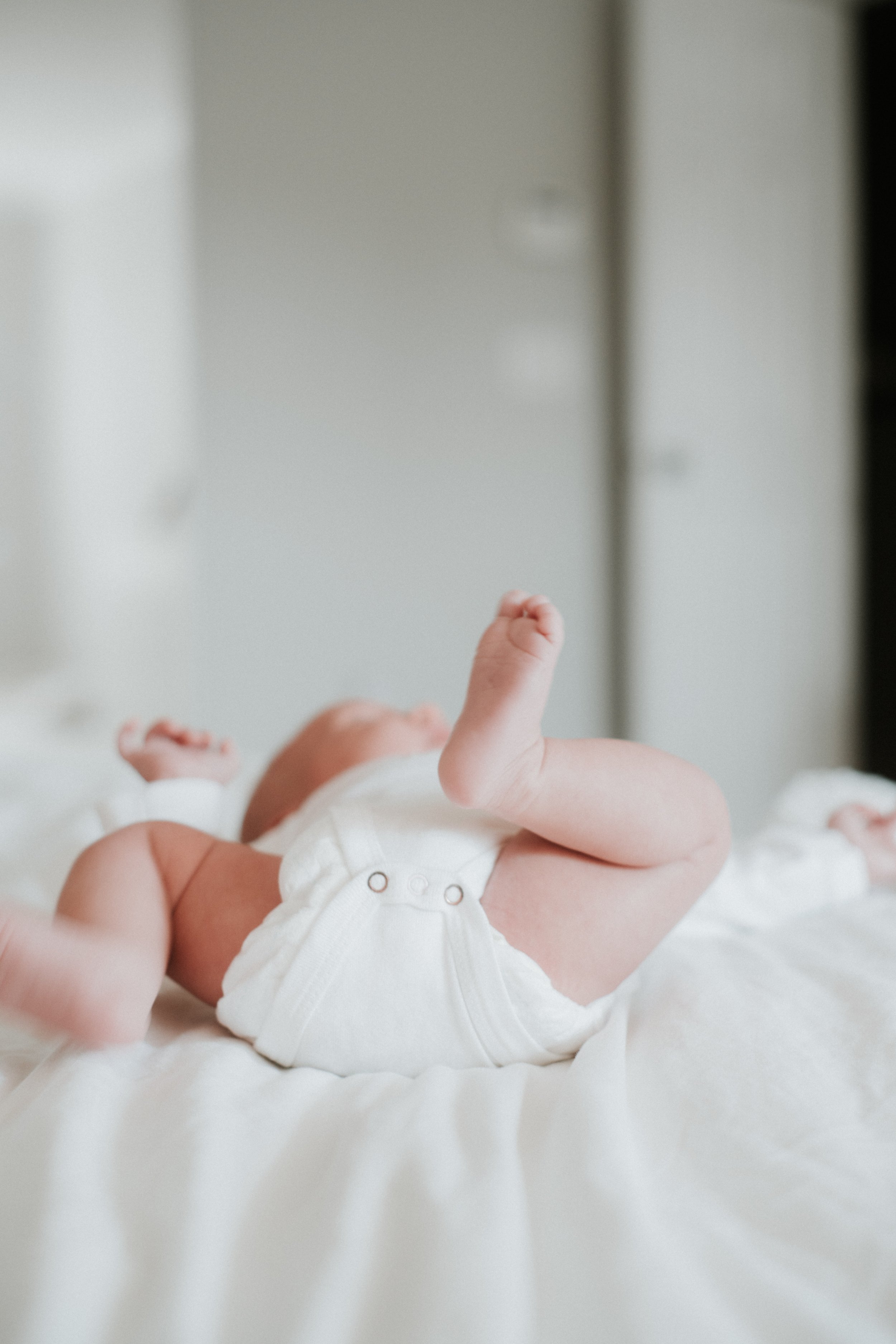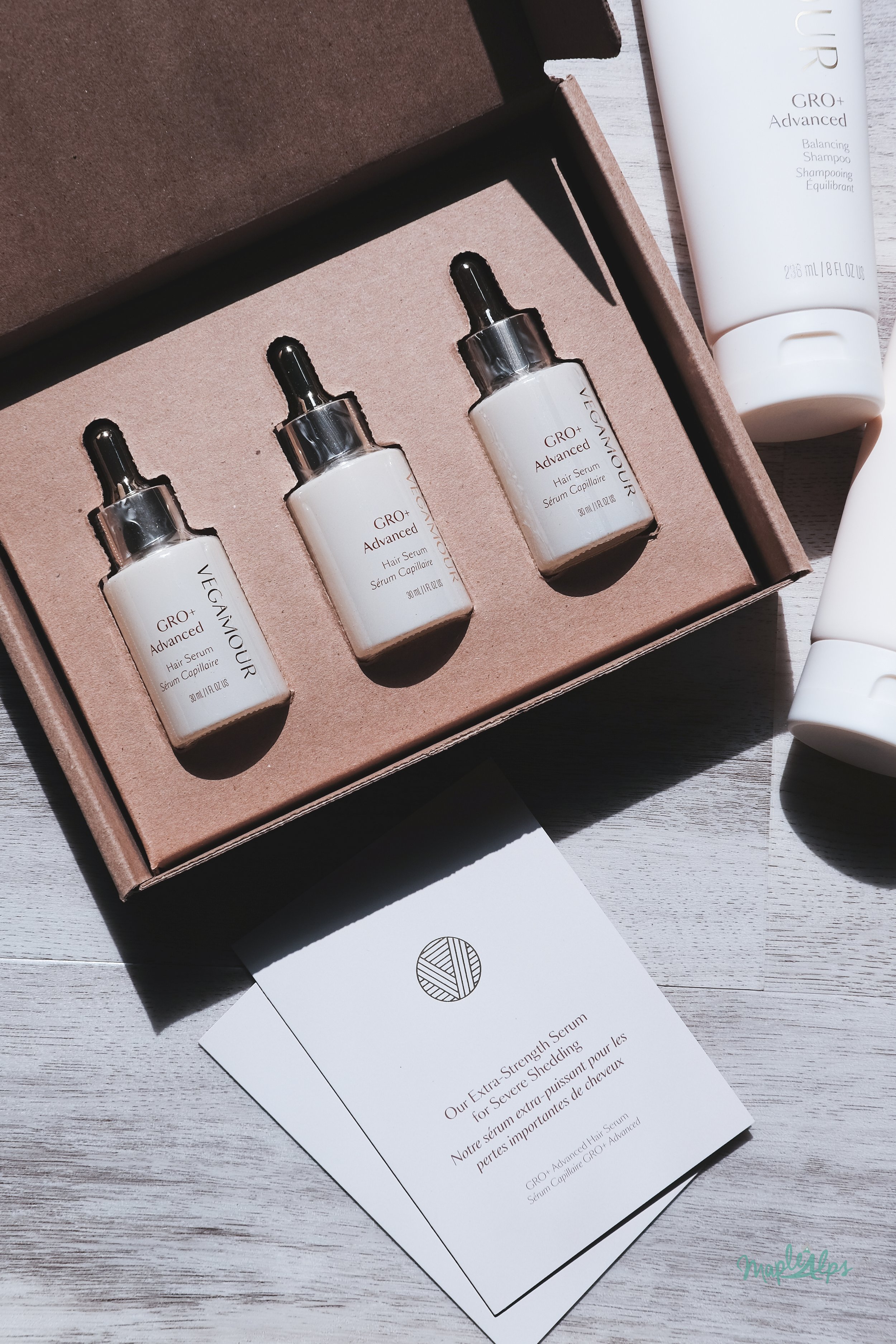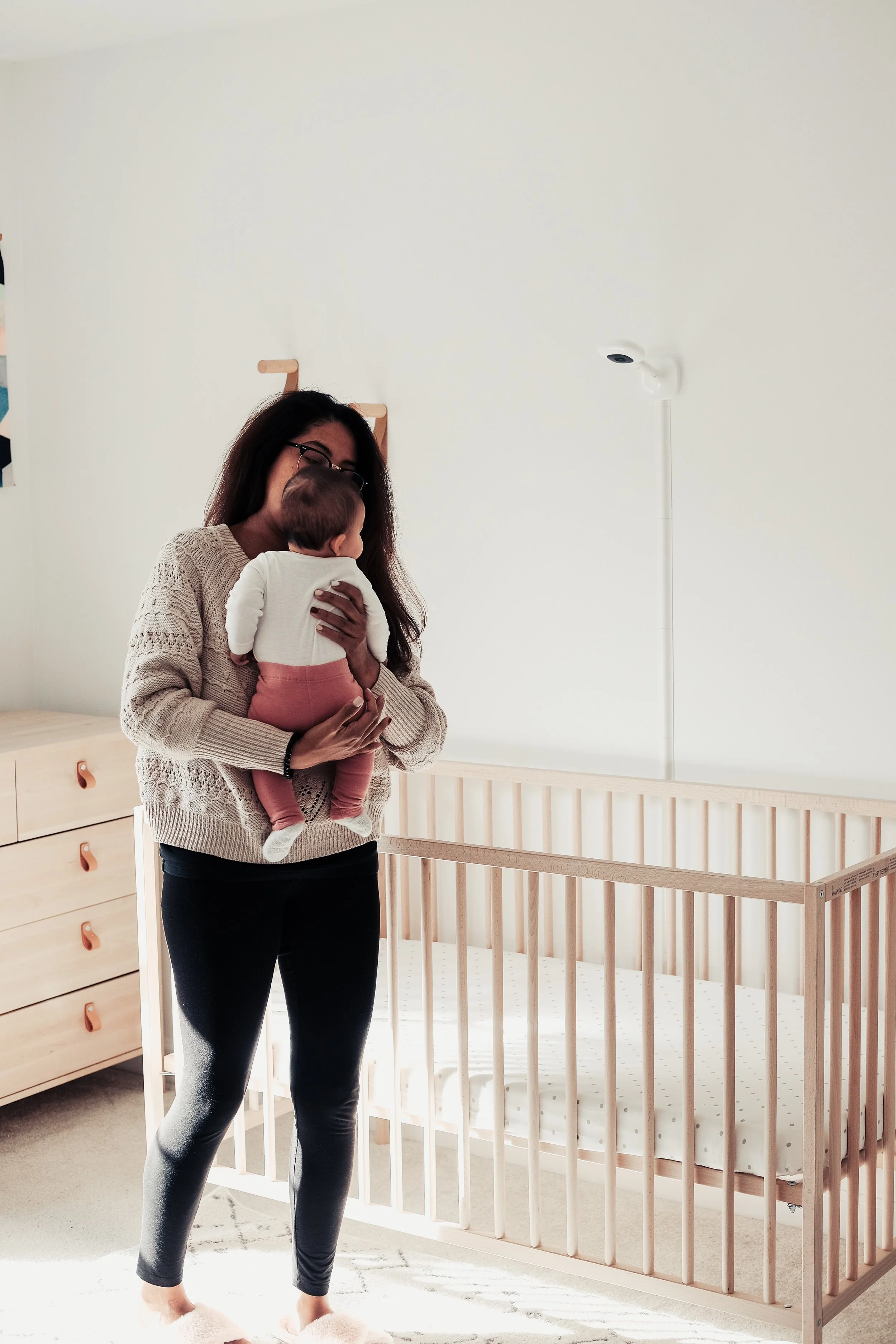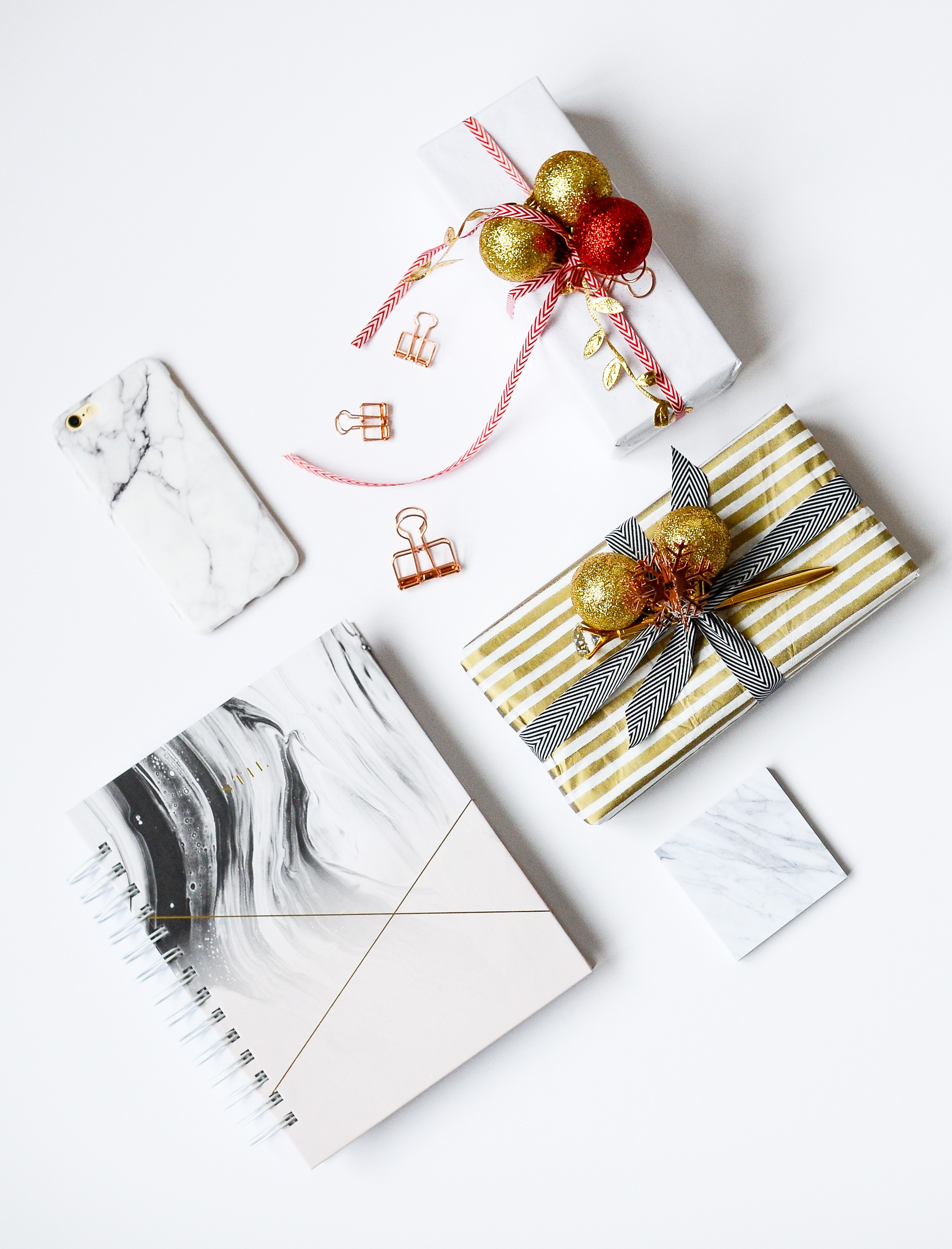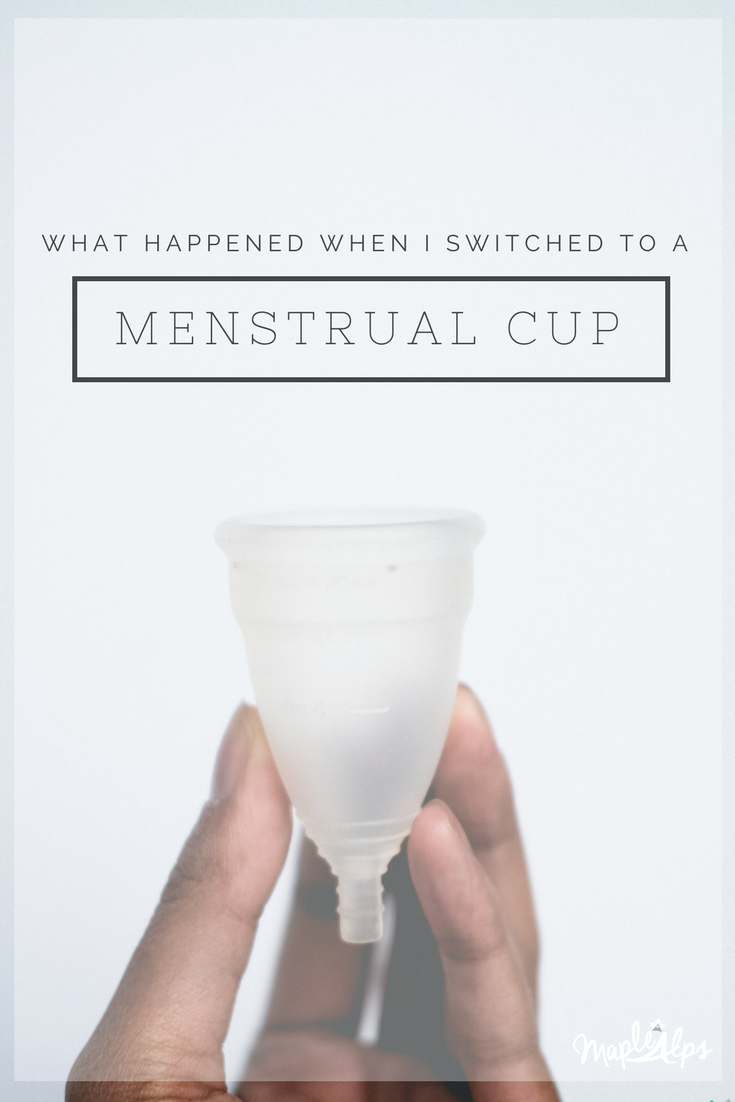Today, we're diving into a topic close to the heart of eco-conscious parents everywhere: cloth diapering. This post has been years in the making. We’ve been cloth diapering for almost two years, with the last eight months with two kiddos in cloth. I thought listing some marvels and honest challenges discovered on the journey would be fun. This is not a review of a specific diaper, just what I’ve found to be the pros and cons of cloth diapering until now. More cloth diapering goodness to come!
The Marvels of Cloth Diapering
Being Eco Friendly: One of the most remarkable aspects of cloth diapering is its positive impact on our planet. Choosing reusable cloth diapers over disposables can help reduce landfill waste and minimize your carbon footprint. Imagine the legacy of a planet filled with happy, healthy babies and clean surroundings!
Adorable Aesthetics: Oh, the sheer cuteness! Cloth diapers come in stunning designs, colors, and patterns, making dressing your little one super fun. Even the wet/dry bags you can get are absolutely adorable, and I love browsing them, even though I’m not ready to purchase any more.
Budget-Friendly: Let's talk numbers. While the initial investment might seem daunting, cloth diapering can save you considerable money in the long run. Those reusable gems can be used for subsequent siblings (I can attest to that!), gifted, or even resold, making them a savvy financial choice for growing families - even if not cloth diapering full-time.
Gentle on Baby's Skin: Cloth diapers are typically made from natural fibers like cotton, bamboo, or hemp, which can be gentler on your baby's delicate skin. Say goodbye to harsh chemicals and synthetic materials! This was a huge sell for me - after the saving pennies bit. Reading labels has made me more aware of unnecessary (and often harmful) chemicals used in many products - including diapers.
The Honest Challenges of Cloth Diapering
Laundry: Ah, yes—the daily laundry routine. Cloth diapering requires extra effort in the laundry department - especially if you still have two (or more!) in diapers. Washing, drying, and folding can become integral to your day. Finding the schedule that works best for your family is key. And honestly, diaper laundry has become my favorite lately because it’s become so simple! I should note here that laundry is one of my least favorite chores.
Investment of Time and Effort: Cloth diapering does require more effort than tossing a disposable diaper in the trash. Prepping, changing, and cleaning the diapers take longer, but the environment will thank you for the effort.
Traveling: While cloth diapering at home is a breeze, it can become a tad more complicated when you're on the go. Packing clean diapers, dealing with soiled ones, and ensuring you have the necessary facilities can require some extra planning. Fear not, though—many cloth-diapering parents have mastered the art of travel prep!
Learning Curve: Like any new endeavor, cloth diapering has a learning curve. Figuring out the perfect fit, understanding the various types of cloth diapers, and finding the right absorbency and fit for your baby might take a bit of trial and error. Remember, it's all part of the journey, and you'll soon become a cloth diapering expert.
This eco-friendly parenting choice offers a world of marvels and a few delightful challenges. By embracing the reusable diaper lifestyle, you can positively impact the environment and foster a sense of conscious parenting. Whether you're captivated by the earthy charm of cloth diaper aesthetics or excited about the financial freedom it provides, remember that every diaper change is a small but significant step toward a greener, more sustainable future for your little one. And remember, no one is “locked-in” to cloth diapering! Finding the perfect hybrid situation for you and your family could be the key to small steps in helping the environment, your pocket, and your health!
What are some wonders and challenges you’ve experienced while cloth diapering? Would you be willing to try it out if you haven’t already?
